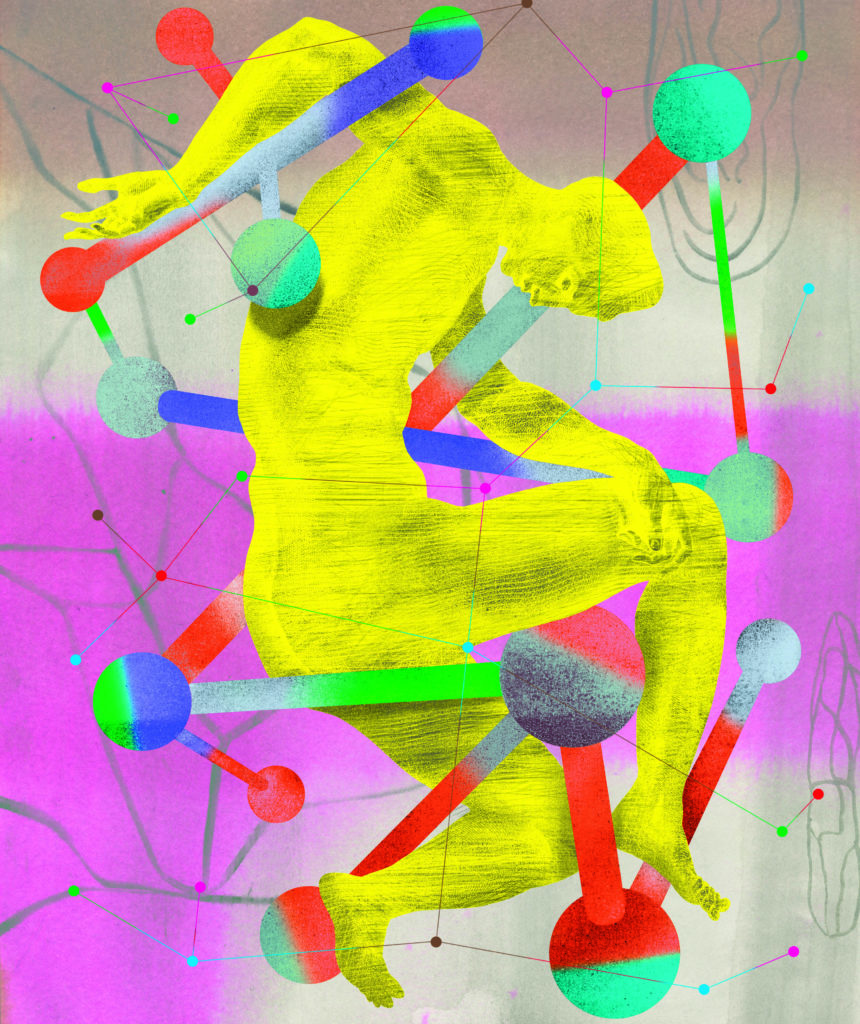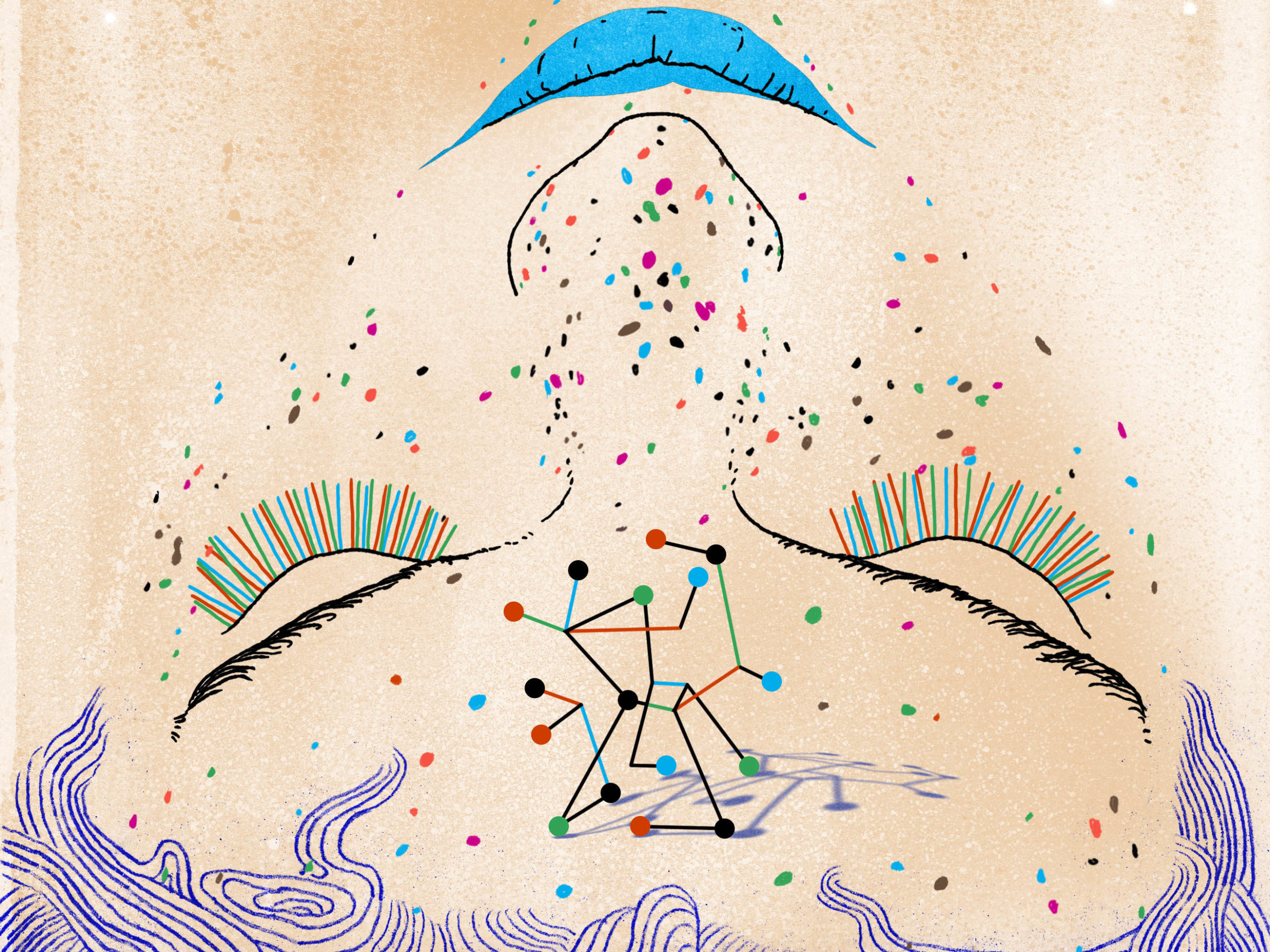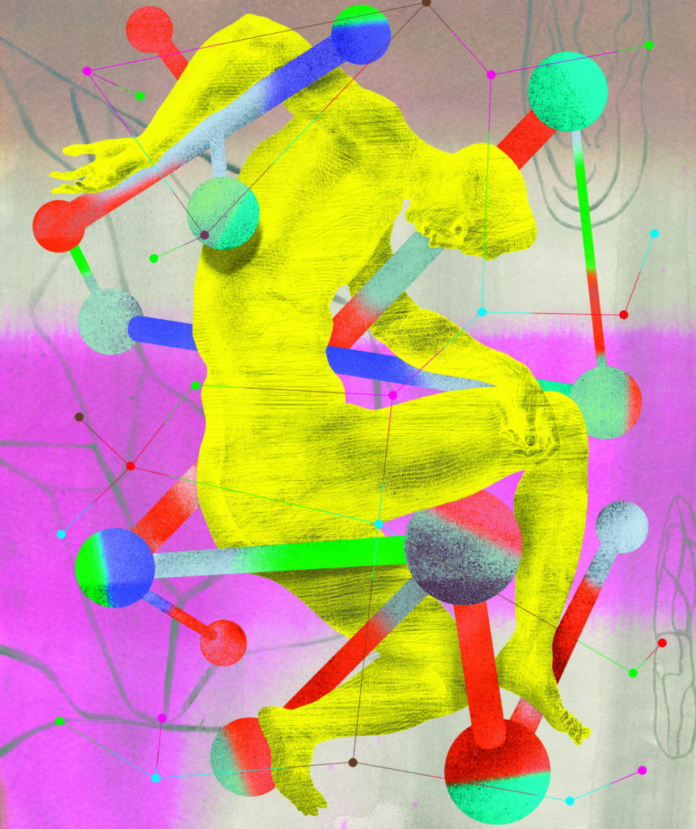What if the one-size-fits all approach to treating pain could be abandoned in favor of non-addictive drugs and other therapies as individualized as the way each patient experiences pain? What about finding a molecule that can block vicious circles of DNA from helping cancer become resistant to treatments?
Too good to be true? Ruth O’Hara, PhD, doesn’t think so.
The new issue of Stanford Medicine magazine explores these and other research efforts to understand and harness molecules to fuel medical discoveries and innovations that could drastically change how we approach healing.

“We are optimally placed to translate promising discoveries into the clinical setting,” O’Hara, senior associate dean for research and Stanford Medicine‘s Lowell W. and Josephine Q. Berry Professor, said in the issue.
“The potential we’re seeing in fields like cancer immunotherapy, for example, is beyond exciting. I am a cautious person, but I believe we’re observing one of the most fundamental biomedical revolutions in real time.”
Articles in this issue‘s theme package, “Molecules of life: Understanding the world within us,” include:
“Human biology at its most basic“: An in-depth look at the importance of molecules in and around us, and how new technologies and research approaches are accelerating discoveries in a way that could revolutionize the practice of medicine and medical care.

“Imaging blows up“: Three researchers explain how cryogenic electron microscopy, or cryo-EM, enables detailed imaging of molecules that helps explain how proteins work — knowledge needed to better inform the disease-targeting drug designs.
“Unraveling molecular mysteries“: In a letter to readers, Lloyd Minor, MD, dean of the Stanford School of Medicine, says that Stanford Medicine’s steadfast commitment to fundamental science has resulted in “some of the most transformational biological breakthroughs of the past seven decades.”
“My favorite molecule“: A dozen Stanford Medicine researchers explain what piques their interest when it comes to molecules as well as what fascinates and surprises them about their tiny objects of study.

“Vicious circles“: Two researchers discover that seemingly innocuous circles of free-floating DNA, or extrachromosomal DNA, are actually deadly culprits that help cancerous tumors evade treatment in some patients.
“Reforming pain“: Pain experts are taking varied approaches to individualize pain remedies, including designing new drugs that are effective without being addictive, developing online pain management classes and assessing the usefulness of psychedelics.
“A gift of hope“: A chronicle of the cancer immunotherapy breakthrough that was made possible by one mother’s donation after her young daughter’s death from a rare brain cancer.
“The mind-mucus connection“: Understanding the similarities between neurotransmission and the oversecretion of mucus helps scientists find targeted drug treatments for patients whose overproduction of phlegm becomes life-threatening.

Also in this issue, “Here come the assembloids” describes a new type of brain model that gives scientists an unparalleled view into human brain development, marking a new era of brain research. In a related video, neuroscientist Sergiu Pasca, MD, who created the model, explains the science behind it.
“A guide through the cancer labyrinth” highlights efforts by a group of Black women with breast cancer experience to build a program that helps others navigate their treatment and recovery journeys.
And in “Putting patients first in prescription opioid regulation,” psychologist Keith Humphreys, PhD, chair of the Stanford-Lancet Commission on the opioid crisis, calls for disparate groups to put aside their differences and work together to find solutions to the crisis.
Read the full issue of Stanford Medicine magazine online here. Print copies of the magazine are being sent to subscribers. Readers can request a print copy by sending an email to medmag@stanford.edu.
Top image by Jeffrey Decoster








